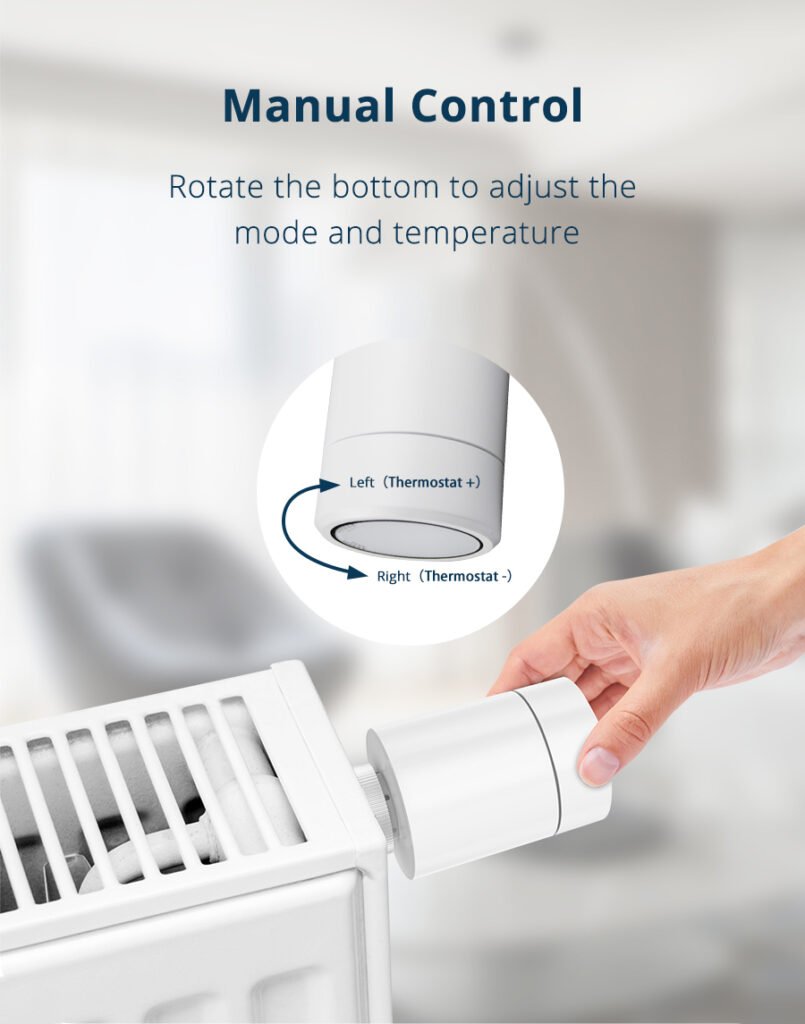Struggling to keep your home warm because your radiators just won’t heat up? It’s frustrating when you’re left shivering, facing high energy bills, or dealing with cold radiators despite cranking up the heating. Don’t worry—IVALVECRAFT has your back! This article will show you exactly which way to turn radiator valves to boost heat and solve those pesky issues fast.
To increase heat, turn the radiator valve counterclockwise. This opens the valve, letting hot water flow in from the heating system. For thermostatic radiator valves (TRVs), set the dial to a higher number (like 3 or 4) to allow more heat. Adjust both the lockshield and TRV if your radiator has them.
But there’s more to it than just twisting a knob. Stick around to learn how to tweak your radiator valves like a pro and avoid common heating headaches.

Do You Turn Both Valves on a Radiator?
Most radiators have two valves—one on each side—and yes, you might need to adjust both, depending on your setup. The valve on one side (usually the thermostatic radiator valve or manual valve) controls the hot water flowing in. Turn it counterclockwise to let more water—and heat—into the radiator. The other side has a lockshield valve, which balances the water flow out. You don’t mess with this one often—it’s usually set during installation to keep things even. But if your radiator’s hot at top, cold at bottom or bled radiator but still cold at bottom, tweaking the lockshield might help. Use a wrench to turn it slightly counterclockwise, but go slow—too much can mess up the system. For IVALVECRAFT’s brass thermostatic radiator valves, both work together to ensure sufficient flow rate and stable export pressure. If you’re unsure, check both pipes—should both pipes on a radiator be hot? Ideally, yes, when it’s working right.
How Do You Know If a Radiator Valve Is Open or Closed?
Figuring out if your radiator valve is open or closed can feel like a guessing game, but it’s pretty simple once you know the signs. For a manual valve, turn it all the way clockwise—if it stops, it’s closed. Counterclockwise opens it up. With thermostatic radiator valves (TRVs), look at the numbers—0 means closed, and higher numbers (like 5) mean fully open. Still not sure? Feel the pipes. If the radiator flow pipe’s cold or one side’s radiator pipe hot one side cold the other, the valve might be shut or stuck. Another clue? If you’re bleeding radiator water but no air comes out and it’s still cold, the valve’s likely closed, blocking water flow. IVALVECRAFT’s high-quality brass valves make this easier—smooth operation and clear markings mean no guesswork for customers like Antonio in Russia.
What Position Should Radiator Valves Be In?
The right position for your radiator valves depends on how warm you want it. For maximum heat, turn the manual valve fully counterclockwise or set a TRV to 4 or 5. The lockshield valve? Leave it where the installer set it unless you’re balancing the system. If your radiator’s heating on but all radiators cold or 2 radiators not heating up, the valves might be too closed—or there’s another issue like air trapped inside. After bleeding, check again. A radiator hot at top cold at bottom means water isn’t circulating right, so open the inlet valve more. IVALVECRAFT’s pressure-reducing and thermostatic mixing valves ensure steady performance, avoiding unstable export pressure. Antonio, our typical customer, loves this reliability—it’s why he trusts us for his plumbing and heating needs in Russia.
Wrapping It Up
Getting your radiators to pump out heat is all about knowing which way to turn those valves—counterclockwise for more warmth, with TRVs set higher for control. Check both valves, know if they’re open or closed, and position them right to avoid cold radiators or radiator flow pipe cold. With IVALVECRAFT’s top-notch brass valves, you’ll enjoy consistent heat and no delays—perfect for wholesalers and procurement officers alike.
Choose IVALVECRAFT, choose reliable partner, enjoy the high quality and best service.


